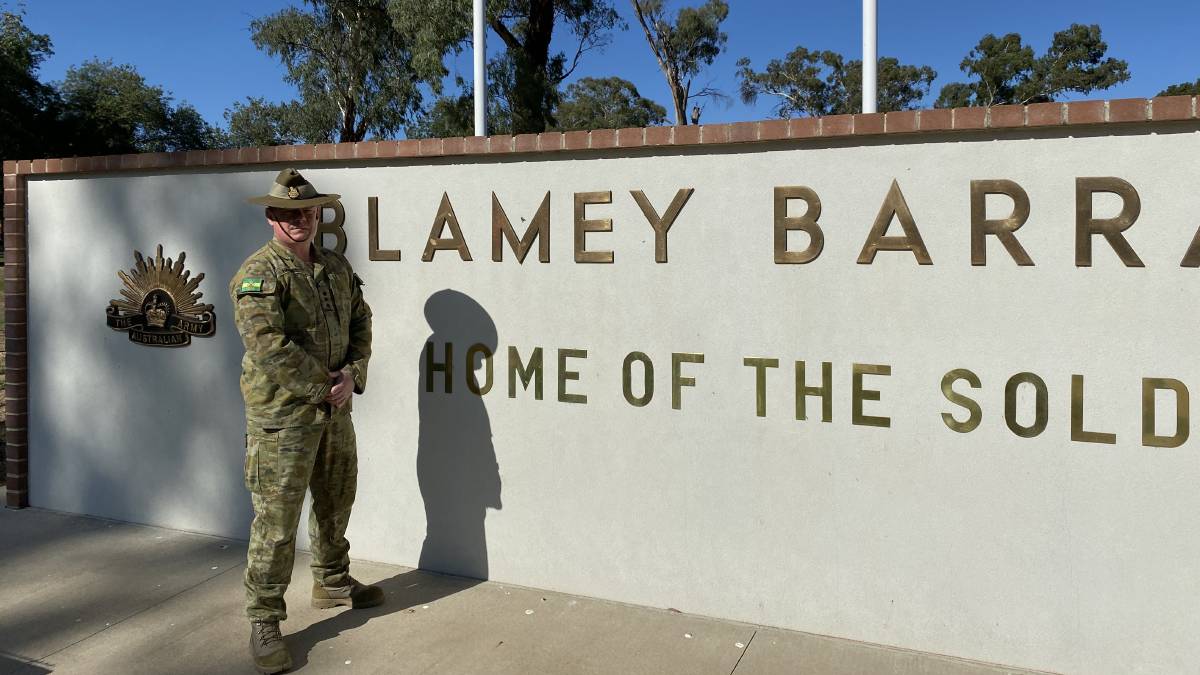|
|
||
|
||
|
Privacy Policy | Editorial Policy | Profit Policy | Join the Association | List of Members | Contact us | Index | Links |
||
|
Back Go to page: 1 2 3 4 5 6 7 8 9 10 11 12 13 14 15 16 17 18 19 20 Forward |
||
|
|
||
|
Where are they now? |
||
|
|
||
|
Contents.
AR7. East Sale aircraft correction. Where are they? Ben Wiktorski.
|
||
|
Ben Wiktorski
Andrew Sutton got in touch, he says: “I am trying to get in touch with Ben who I worked with in Newman back in the late 1980's. My wife and I were talking with friends the other day and my wife told the story of when she flew into Perth and Ben offered to pick her up and bring her up to Newman. I decided to do a search and found him on your site.
I am hoping you have some contacts that may be able to put me in contact him if still possible.
Regards and Thanks.”
If you can help, let us know and we’ll pass on the info to Andrew.
|
||
|
AR7
Lynn Gill got in touch, he said:
"Hi guys, I work in the History Section within the Australian Signals Directorate (ASD) (previously the Defence Signals Directorate - DSD). The organisation is to celebrate its 75th anniversary next year, and I was wondering if your association might have an AR7 receiver set from the 1940's that we might be able to borrow to display at an exhibition to be held at the National Museum of Australia? If not, perhaps one of your members might have one?"
If you can help, let us know and we'll pass on the info to Lynn.
|
||
|
|
||
|
|
||
|
|
||
|
East Sale U2s.
Last edition we had a couple of photos of an aircraft that we said was a USAF U2 which happened to be at East sale at the time.
Frank Alley, who taught a lot of us at Radschool some moons ago, wrote to correct us. Frank said: “Excellent edition of the RAM! Re East Sale U2’s: the aircraft in the photo is the high altitude version of the B57 Canberra, known as the RB57F. I was at Laverton when the U2’s were based there. They were undertaking high altitude air sampling for radioactivity due to the French A-bomb testing in the Pacific. I got to know the head of the U2 pilots, then major Pat Halloran (right) I believe he retired as a major general. He has quite a history, flew fighters in Korea in the 50’s, flew missions over Cuba during the crisis, trained RAF pilots to fly the U2’s, trained pilots to fly the Blackbird. Went to China and without telling people of his background had a look at the wreckage of U2’s shot down there.
Thanks Frank - tb.
Herc in trouble.
Also in our last edition we had a photo of an A model Herc which seemed to have got itself bogged. Reece Polmear got in touch, he says he thinks that photo was taken at Koroba in PNG during the influenza epidemic in late 1969. (Koroba is near the western boundary of the Madang FIA, NW of Tari.)
He’s attached another pic of the incident which was taken from a paper titled “Australian Defence Force’s Role in Regional Health Security” It’s HERE if you want to read it.
In brief the paper says: .
History shows that infectious diseases often determined the ability of armed forces to maintain soldiers on campaign and sailors in ships. Prior to the industrialization of warfare in World War I, disease casualties outnumbered combat casualties often by a large margin. For example, during the last stages of the Australian Imperial Force’s Palestine campaign, disease casualties outnumbered combat injuries by a factor of 30:1. Infectious disease threats still require careful pre-deployment planning and good medical support, especially in tropical operations where insect vectors may greatly increase disease risks.
It is worth examining the Australian Defence Force’s (ADF) experience with military missions defined by an infectious disease epidemic. As new infectious diseases (Zika, Chikungunya, COVID-19) emerge to spread across the region potentially destabilizing fragile island nations rapidly, the ADF needs to consider its history in order to inform its planning for future scenarios where its transport and logistical assets from both the military and civilian sector could be applied in defending Australia by controlling an epidemic in the region.
Military forces have been applied to control infectious diseases historically when no other state function was available or seemed appropriate. During the last major outbreak of bubonic plague in Europe in 1720, the French Army constructed fortifications including a long perimeter wall to keep the citizens of Marseille confined in a type of quarantine to protect the rest of the nation. The soldiers of the British regiment the King’s Shropshire Light Infantry were awarded a campaign medal for their efforts in controlling plague in Hong Kong in 1894. Human infections have not been the only ones requiring military forces. Animal ‘depopulation’ exercises in order to protect a livestock industry and prevent zoonotic infections spreading to humans have been conducted by the Malaysian Army in 1999 to destroy Nipah infected pigs, the British Army to kill cattle in areas of hoof and mouth disease in 2001 and the Thai Army to kill and dispose of avian influenza-infected chickens during the early 2000s.
The ADF’s own experience has been largely limited to pandemic (globally epidemic) influenza. The ADF’s first-ever humanitarian mission was to send medical teams in HMAS Encounter to the influenza-stricken islands of Samoa in 1918. In 1969 ADF medical teams were airlifted into the Papua New Guinea Highlands when pandemic influenza hit this particularly vulnerable, socially isolated population.
In 1918 the large populations living in the New Guinea Highlands were unknown. Subsequent medical experience, however, showed that such socially isolated groups were vulnerable to new respiratory infections, especially influenza, which often developed into lethal pneumonia. Another influenza pandemic known as the ‘Hong Kong’ flu began in Asia in 1968 when the virus changed its surface proteins, thus escaping neutralization by the human immune system. Public health authorities in Papua New Guinea were aware of the threat and obtained current supplies of the now efficacious influenza vaccine from Australia but were reassured when initial reports of influenza from the lowlands were less severe than feared. Over 200 000 doses of influenza vaccine were used in preparation for the arrival of the new influenza strain, but that was not a lot compared to the total Papua New Guinea population of a few million. In 1969 the two battalions of the Pacific Islands Regiment were still under ADF control as part of the Territory of Papua New Guinea. There were three DHC-4 Caribou aircraft from No 38 Squadron (DetA) based in Port Moresby with occasional C-130 Hercules missions from No 36 Squadron in Australia.
Influenza returned to Port Moresby in May 1969 and had spread into the highland
areas by August. The remoteness of the highland populations with little medical
infrastructure partially explains the poor outcomes that occurred. By October,
the public health authorities were aware of over 1000 influenza- related deaths
and knew these were only the ones that the administration had managed to count;
the actual mortality was likely to be much
Each of the three contingents was based on a PIR company to which a medical officer and 15 medical assistants were added. Mendi in the southern highlands was the base of operations, which began functioning from 22 October. By 24 October, 350 military personnel were in the highlands assisting the existing civilian medical personnel. Further medical support was determined to be required on 27 October. Six medical officers with 61 medical assistants from two RAAMC field ambulance units were deployed from Brisbane between 28–31 October. An experienced senior medical officer was the liaison officer to the primary command cell, which was based in Port Moresby. Fourteen medical patrols, each consisting of a medical orderly, radio operator, several PIR soldiers and local health personnel, were expected to travel to remote areas on foot and then treat up to 1000 people per day. Cultural attitudes limited the willingness of severely ill people to leave their villages, so most treatment consisted of injections of penicillin with few evacuations.
By early November it was apparent that the influenza epidemic was waning. Most of the Australian based medical personnel returned to Australia on 20 November with airlift provided by RAAF DHC-4 Caribou and C-130 Hercules aircraft. At its peak, Operation Enza involved 700 military personnel for up to six weeks in the highland areas. Approximately 3500 deaths occurred during the influenza epidemic based on official counts. Although the military support was much appreciated in Papua New Guinea as a sign of commitment to help during a crisis, the reality was that once an epidemic was large enough to cause public health concern sufficient to ask for help, there was little that could be done to ameliorate the outcome.
Influenza remained a medical risk to the ADF in Australia, especially in training units. In 1985 the recruit training battalion at Kapooka march out parade was closed to the public by an influenza epidemic. Wagga Wagga’s 7 Camp Hospital was over capacity with 60 additional inpatients sent to 3 Camp Hospital in Puckapunyal. Attack rates of only 1–2% were still able to strain the deployed medical facilities during Talisman Sabre 2005 and 2019. The Royal Military College’s field exercise of 2006 was cancelled due to 200 cadets with influenza. Although COVID-19 has not caused any epidemics within the ADF (as of June 2020) this possibility certainly cannot be ignored as a potential threat.
Infectious diseases are a type of threat agent that, has in the past and will certainly in the future, influence military operations. Usually, this will be an additional occupational hazard of the battlefield as with malaria during jungle operations. On occasion, however, infectious disease will become the primary focus of a military mission. If outside a zone of armed conflict, it is likely that the ADF will play a supporting role with other governmental agencies leading the response as in other natural disaster interventions. Careful thought needs to be given to regional contingencies that might be driven by changes in known pathogen (e.g. RRV) or the emergence of a completely new and unfamiliar agent (e.g. COVID-19). Although natural infections are always the most likely possibility, the ADF needs to have access to advanced diagnostic capabilities if required to rule out the intentional release of a biological agent for malign purposes. The ADF’s ability to quickly deploy into difficult areas will likely be called on in the future to deal with unanticipated infectious disease problems in the Indo-Pacific Region.
|
||
|
How do you get rid of unwanted junk. Put it in an Australia Post package and leave it outside next to your front door.
|
||
|
|
||
|
|
||
|
Back Go to page: 1 2 3 4 5 6 7 8 9 10 11 12 13 14 15 16 17 18 19 20 Forward |
||



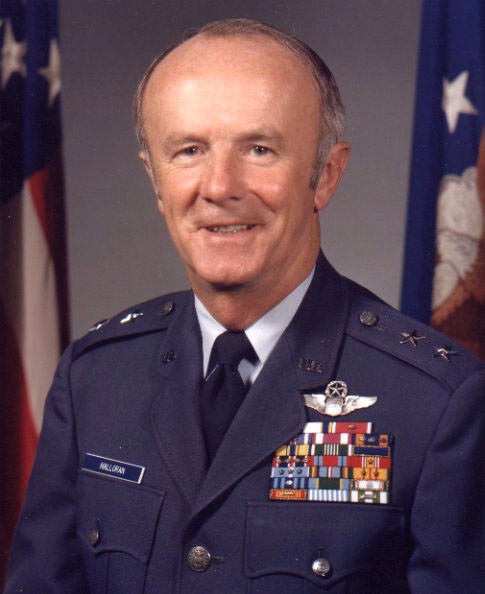
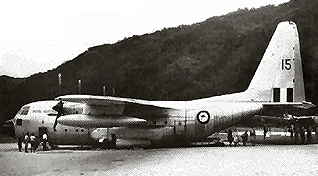
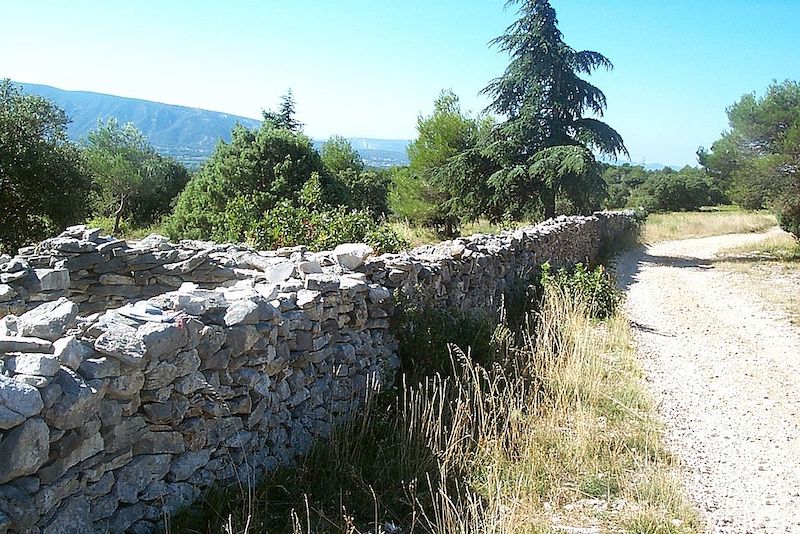
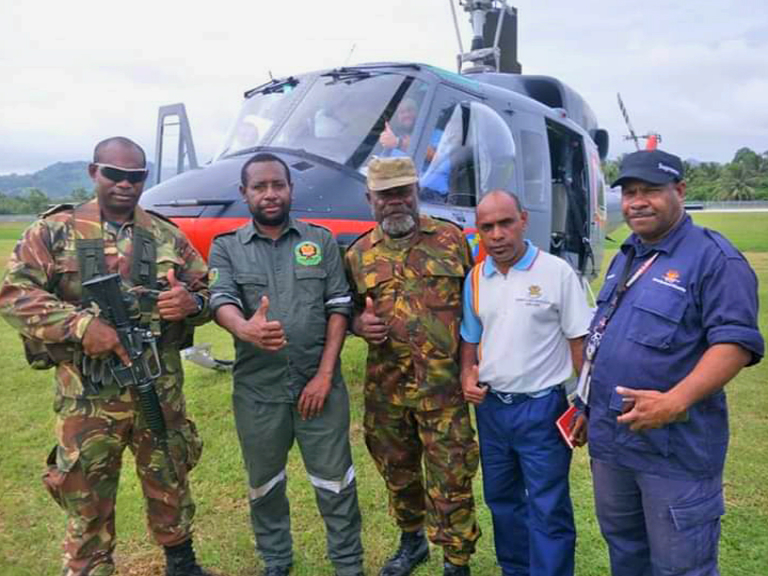 higher. An Influenza Relief Committee was formed 20 October 1969 chaired by the
Minister of Health. The next day the committee met with ADF unit commanders and
began planning what became known as ‘Operation Enza’. It was past the time when
an influenza vaccine would have been able to stop an epidemic, so emphasis was
placed on delivering medical support to remote highland areas with the goal to
prevent pneumonia deaths primarily through the administration of penicillin.
Initially, the mission was to establish three small field hospitals as bases of
operations in the highlands and then to send out foot patrols to remote areas
with serious cases being medically evacuated by light aircraft or helicopter.
The Commanding Officer of the 1st Battalion Pacific Islands Regiment (PIR) was
in charge of ground operations with airlift being provided by 183rd
Reconnaissance Flight at Lae and three UH-1 helicopters from No. 5 Squadron then
on exercises in Papua New Guinea.
higher. An Influenza Relief Committee was formed 20 October 1969 chaired by the
Minister of Health. The next day the committee met with ADF unit commanders and
began planning what became known as ‘Operation Enza’. It was past the time when
an influenza vaccine would have been able to stop an epidemic, so emphasis was
placed on delivering medical support to remote highland areas with the goal to
prevent pneumonia deaths primarily through the administration of penicillin.
Initially, the mission was to establish three small field hospitals as bases of
operations in the highlands and then to send out foot patrols to remote areas
with serious cases being medically evacuated by light aircraft or helicopter.
The Commanding Officer of the 1st Battalion Pacific Islands Regiment (PIR) was
in charge of ground operations with airlift being provided by 183rd
Reconnaissance Flight at Lae and three UH-1 helicopters from No. 5 Squadron then
on exercises in Papua New Guinea.